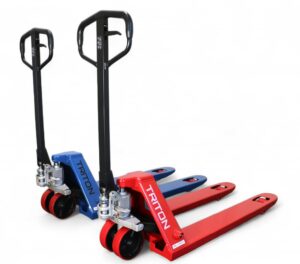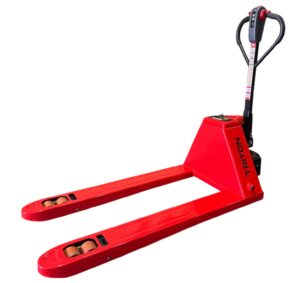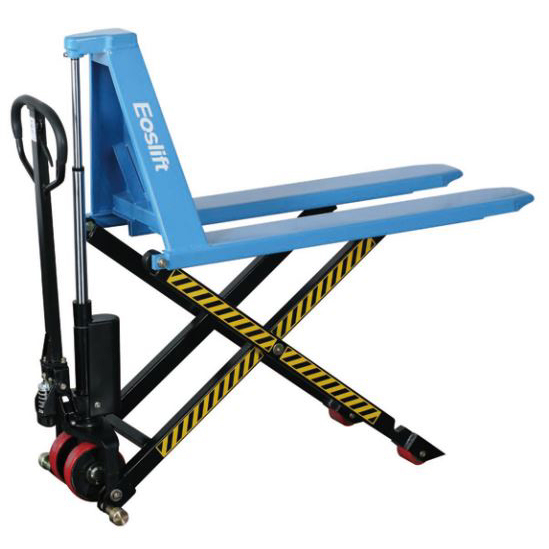On 10th May 2020, the Government announced the beginnings of a plan to get Britain back to work during the COVID-19 outbreak. While many warehouses have remained open, the Prime Minister’s advice that, “Anyone who can’t work from home, for instance those in construction or manufacturing, should be actively encouraged to go to work” has seen greater activity across this sector. At this time, safety experts at the UK’s leading materials’ handling equipment provider, Midland Pallet Trucks, are urging businesses not to overlook the importance of tools such as hand pallet trucks, high lift pallet trucks, and manual stackers in paving the way towards a safe return to work.
24 hours after the Prime Minister’s speech, the government issued a ‘Working Safely During COVID-19 in Factories, Plants, and Warehouses’ report. The report states that businesses operating in these sectors would ‘need to think about the risks they face and do everything reasonably practicable to minimise them’. As part of this, the report recommends implementing ‘sensible measures to control the risks in your workplace’ and ‘reducing the number of people each person has contact with’. Many techniques are advised, including ‘thinking about equipment, tools, and vehicles, for example, pallet trucks and forklift trucks’ which can improve safety.
Midland Pallet Trucks Managing Director Phil Chesworth said, “As we enter into the first stages of Britain’s return to work plan, many of the safety considerations that we are seeing being made are in relation to personal hygiene, staggered start times, and social distancing, but we must consider safety as a whole. A safe return to work is not just about hand washing and staying two metres apart; it’s also about ensuring workers feel that they are fully supported in their return through the provision of equipment which makes it safe for them to do their jobs with confidence, and with the knowledge that their health is of the utmost importance to their employer.”
Aside from the risk of contracting COVID-19, this is a critical time for warehouses for two reasons. The first is that warehouse workers are experiencing higher than average workloads with greater levels of orders to fulfil than is usual for this time of year. The combination of more people being at home, a reluctance to visit stores, and an inability to shop at many brick and mortar venues due to temporary closures is resulting in an increasing number of orders for delivery. Large items especially, which are often sent directly from warehouses, are seeing an increase at this time. An 8.4% growth in demand for home and garden items has been noted during lockdown.
Secondly, warehouses are reported to be facing significant capacity challenges at this time. In April, the UK Warehousing Association reported just 10% available warehousing space, predicting that warehouses would be full ‘within weeks’ as a result of the continued import of goods which cannot be directed to physical stores.
The warehouse working environment has already been made more complex through reaching maximum storage capacity and through an increase in direct-to-consumer orders. The need for social distancing is making the return to work direction even more difficult to navigate. While having the right equipment in place cannot solve all of the issues that warehouses will face in getting staff back to work, it can help to improve workplace safety and ensure that workers are able to safely and securely work independently with the help of tools such as pallet trucks and manual stackers
























